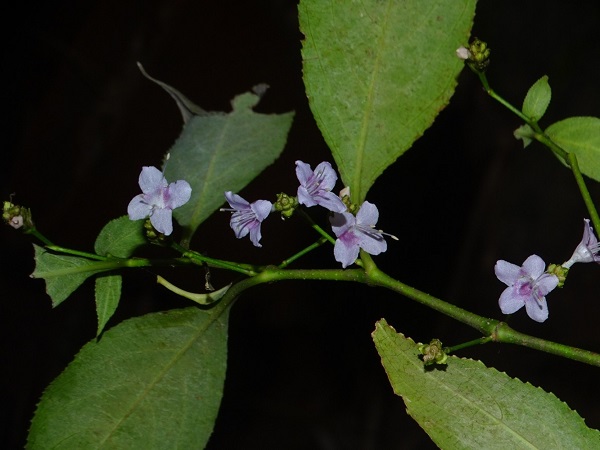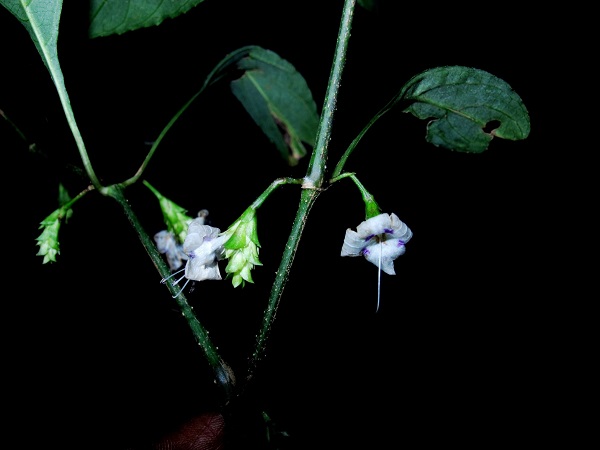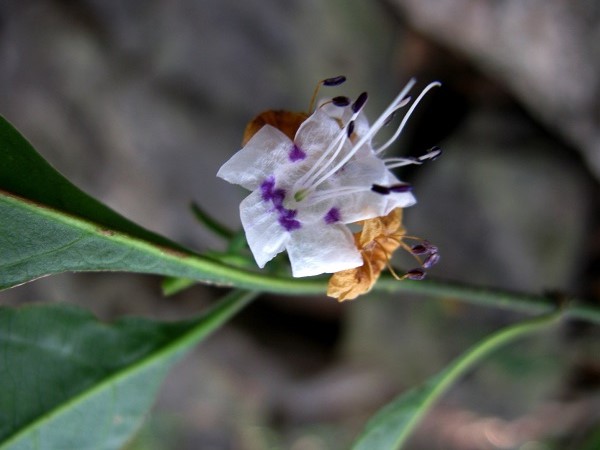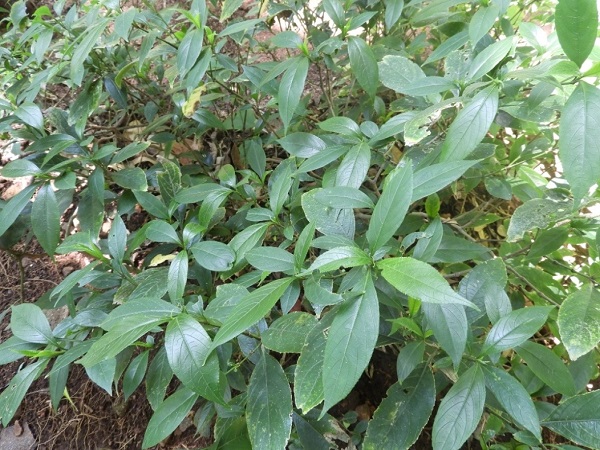
| Family | Acanthaceae |
| English Name | Lesser kurinji |
| Malayalam Name | Karimkurunji, Kurunji |
| Tamil Name | Chinnakurinji |
| Kannada Name | Karigentige |
| Telugu Name | Kurinji |
| Hindi Name | Karvi, Kara |
| Sanskrit Name | Sahacarah, Sairyakah |
| Trade Name | Karvi, Kurinji |
| Part Used | Roots and Bark |
| In Wild | Yes |
| Under Cultivation | Yes |
| Temperature | NA |
| Rainfall | NA |
| Farmers | NA |
| Traders | NA |
| Institution | NA |
| Individually | NA |
| State/Region | NA |
| District | NA |
| Nursery Information | NA |
| Yield | Price/Kg: ₹ 22- 25 (as on 2018) |
| Economic of cultivation | Net return obtained/ ha: ₹ 42,000 (as on 2010) |
| Quantitative quality standards | Total ash: 15 per cent, Acid insoluble ash: 7.5 per cent, Water insoluble ash: 6.1 per cent, Ethanol soluble extractive: 2.12 per cent, Water soluble extractive: 4.36 per cent |
| Description | NA |
| Agro technology/Cultivation practices | Planting-stock production Strobilanthes ciliatus is propagated through stem cuttings due to poor seed setting. The best season of planting is May- June. The field is to be Ploughed to a fine tilth and mixed with 5-7 t/ha of FYM/compost/dried cow dung. Seed beds of convenient length, 1.5m width and 15cm height are to be made in which l0 cm long stem cuttings are to be planted at a spacing of 30m between plants. Rooting occurs within 20 days. Two weedings should be carried out at 2 months and 4 months after planting, followed by organic manure application. Irrigation is not must but during summer months it is beneficial. No serious pests or diseases are reported in this crop. |
| Harversting | Harvesting can be done at the end of the second year. For this the plants are uprooted and collected. Roots are to be washed well dried in sun and marketed. Roots, leaves and bark constitute the economic parts. Usually basal part of the stem for about 30 cm height are cut along with roots. |
| Processing | NA |
| References | NA |



